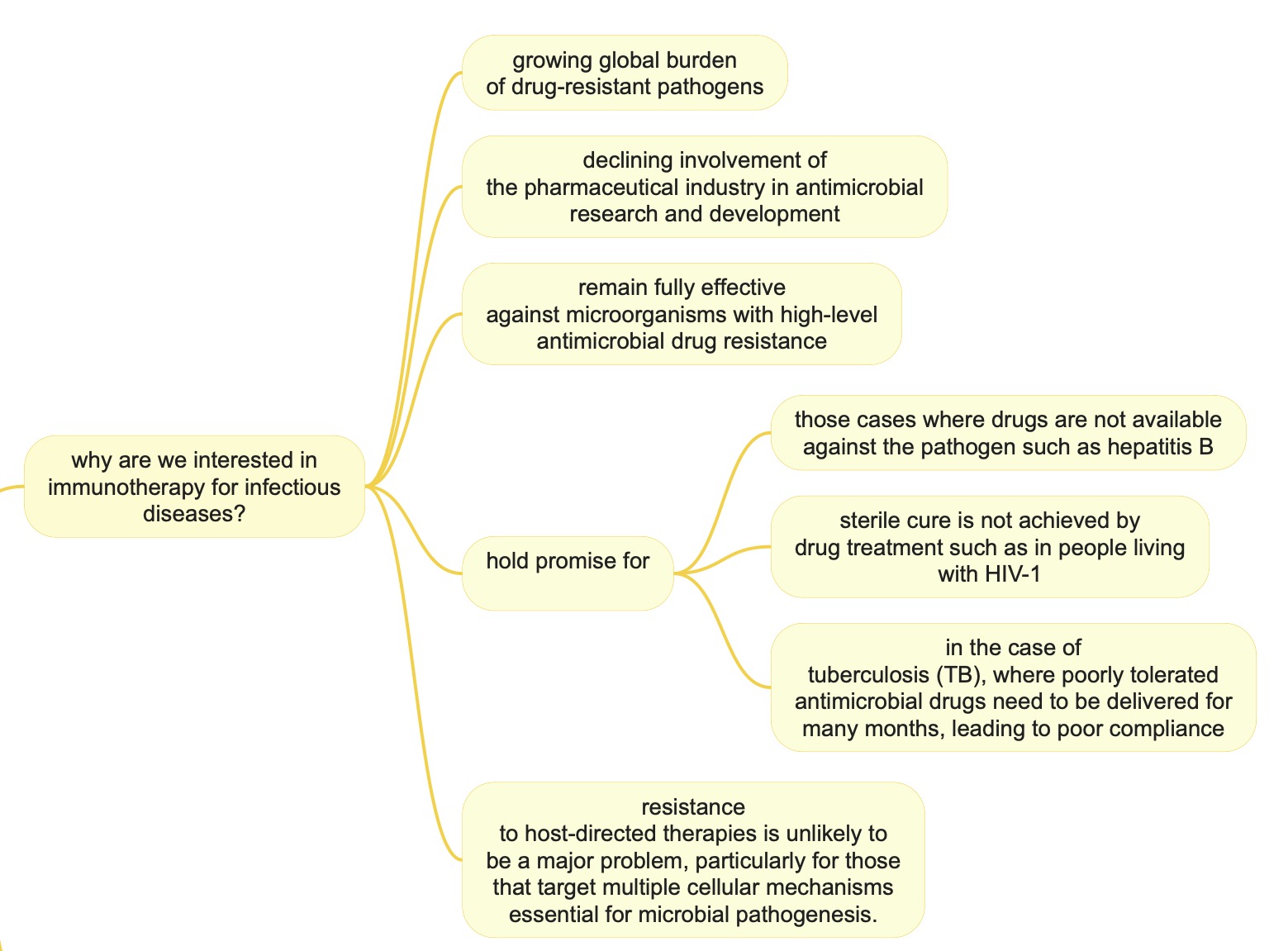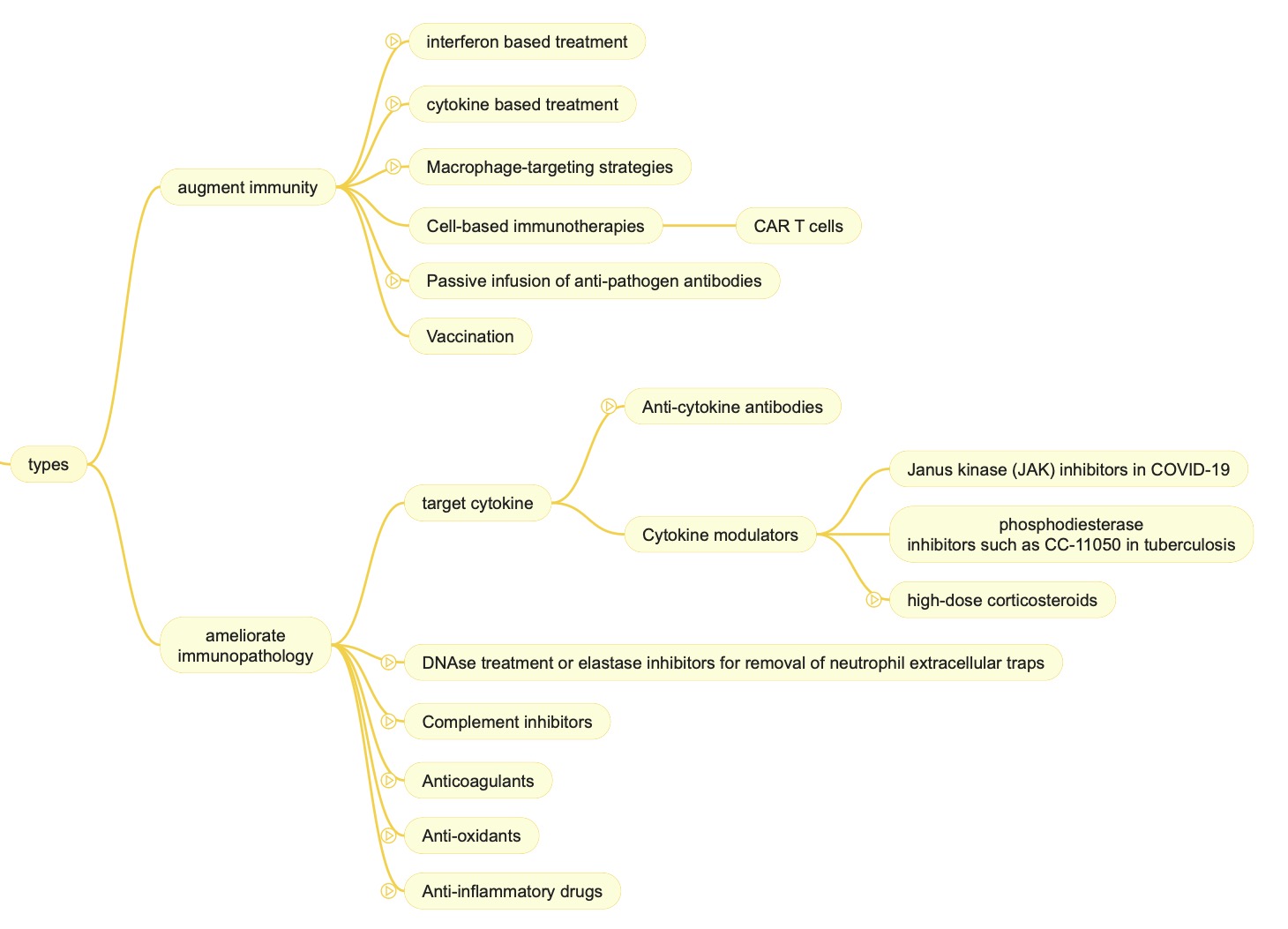MM302 Immunology and Infection (Trial)
-
MSc. in Molecular MedicineMM302 Immunology and Infection (Trial)Resume0% complete0% complete
MM302 Immunology and Infection (Trial)
Show More-
-
About This Module
-
Students mustView
-
Students mustView
-
Students mustView
-
Students mustView
-
Ice Breaking Session
-
Students mustViewMake forum posts: 1
-
-
-
eBook
-
Students mustView
-
-
-
Summative Assessment
-
Marking Rubric
-
Students mustMark as done
-
Students mustMark as done
-
Students mustMark as done
For students in ODL mode, you will have to choose ONE of the following topic, record a video of your presentation and submit it online. Please make sure that you turn on your camera during your presentation. If your video file is too huge to be submitted, please upload it to your youtube account and share the link with us (by putting the link in a word file).
For students in conventional mode, you have to choose ONE of the following topic and present it on site in IMU.
a. Immunological Detection of Infectious Diseases
Current diagnostic methods for specific infections may have been briefly discussed in Part 2. However students will need to research in depth the broader spectrum of techniques (immunological & molecular) employed in detection of infectious diseases and factors that influence immunological testing results with regards to current practices and future trends.
b. Vaccines
Students are expected to present the issues and latest development in vaccinology or immunotherapeutics in infectious diseases especially in the verification of vaccination response and vaccine development (field results interpretation with a model vaccine trial). They are expected to use online resources such as WHO, CDC, NIH, Vaccine therapeutics journal, http://f1000biology.com, http://www.the-scientist.com, nature.com and journals.
-
Students mustMark as done
Infection and Immunity: Recent Trend
Students will need to choose a topic on infection and immunity and prepare the written assignment in a review article format. The topic chosen need to be approved by the module coordinator. Students need to choose a journal that they wish to publish and the format will be as specified by the target journal. Students will be given 3 months to complete the article and another 3 months for resubmission.
-
-
-
Welcome to the first topic in this module. In this topic, we will refresh your memory in basic immunology by re-visiting:
- the overview of human immune system
- innate immunity
- adaptive immunity
Besides, we will review the latest progress in immunotherapy as a viable treatment option for communicable diseases.
-
Learning Outcomes
-
Upon completion of this topic, students should be able to:
1. describe the host defense mechanisms against various types of microbial invasion.
2. describe the latest development of immunotherapy for communicable diseases.
-
Learning Materials
-
Students mustView
In this section, we will have an overview of the human immune system. The human immune system can be divided into innate immunity and adaptive immunity. These two types of immunity have distinctive characteristics and involve different types of cells, chemicals and physical barriers.
Besides, important aspects of the immune system such as 1. signal transduction, 2. leukocyte circulation and migration into tissues, 3. lymphatic system and 4. cytokine will also be discussed.
-
Students mustView
The innate immunity provides the first line of defense against infectious microbes. Besides, the innate immunity is also responsible for the elimination of damaged cells and initiation of tissue repair processes.
It is crucial to realise that the innate and adaptive immunities are not mutually exclusive of each other. The innate immunity plays important role in stimulating the adaptive immune responses so that the adaptive immunity could be developed and become more effective in eradicating the pathogens.
-
Students mustView
The adaptive immunity initiates much slower compared to innate immunity upon microbial infection. However, adaptive immunity provides immunity towards microbes which do not portray antigens that can be recognised by innate immunity.
Adaptive immunity can be divided into cell mediated immunity and humoral immunity. In this section, the process of the development of adaptive immunity will be discussed.
-
Students mustMark as done
Topic 1: Guided reading: Immunotherapy
The emergence of drug-resistant pathogens has triggered our interest in developing host-directed immunotherapy.
In this section, we will briefly discuss the benefits of using immunotherapy for communicable diseases and the general types of immunotherapy serving this objective.

In general, immunotherapy excels in the aspect of low resistance from pathogens.
Immunotherapy is used to combat pathogens by 1. augmenting immunity to kill the pathogens and 2. suppressing inappropriate immune responses that leads to undesirable symptoms.
-
Learning Activities
-
Students mustMark as done
Topic 1: Discussion: Reflective Writing
Prion has not been included in the discussion above. Discuss with your peers about the immune responses against prion via Microsoft Teams group.
-
-
-
In this topic, a recent example of the latest emerging/re-emerging bacterial pathogen is used as a model for discussion on bacterial pathogenesis e.g. Mycobacterium tuberculosis. The learning issues will include mechanisms in bacterial infection and pathogenesis, virulence factors, antigenic targets, resistance and current or experimental therapies. Please note that your participation in the knowledge check activity will be used as your attendance.
-
Learning Outcomes
-
Upon completion of this topic, students should be able to:
1. describe the mechanism of bacterial pathogenesis.
2. describe the immune response agains bacterial infection.
-
Learning Materials
-
Students mustView
Emerging and re-emerging diseases are arise due to many reason. Re-emerging disease may arise due to incomplete vaccination in a population, over usage of antibiotics and many other reasons. A few examples of emerging and re-emerging disease have been shown in this section.
We will use Mycobacterium tuberculosis as an example of reemerging disease for our discussion. This intracellular bacteria will cause tuberculosis which is increasing common in recent years. We will discuss about the bacteriology, epidemiology, primary infection, reactivation tuberculosis and the bacteria virulence machanism,
After that we will talk about the immune response that will be triggered by this bacteria, its clinical manifestation, diagnosis, treatment, potential treatment and prevention.
-
Learning Activities
-
Students mustMark as doneTopic 2: Discussion: Reflective WritingIdentify an emerging/re-emerging disease that is currently reported. Discuss about the pathogen, its virulence factors, antigenic targets, resistance and the current or experimental therapies designed for it. Please conduct the discussion via Microsoft Teams.
-
-
Font Face
Background Colour
Font Size
Text Colour

